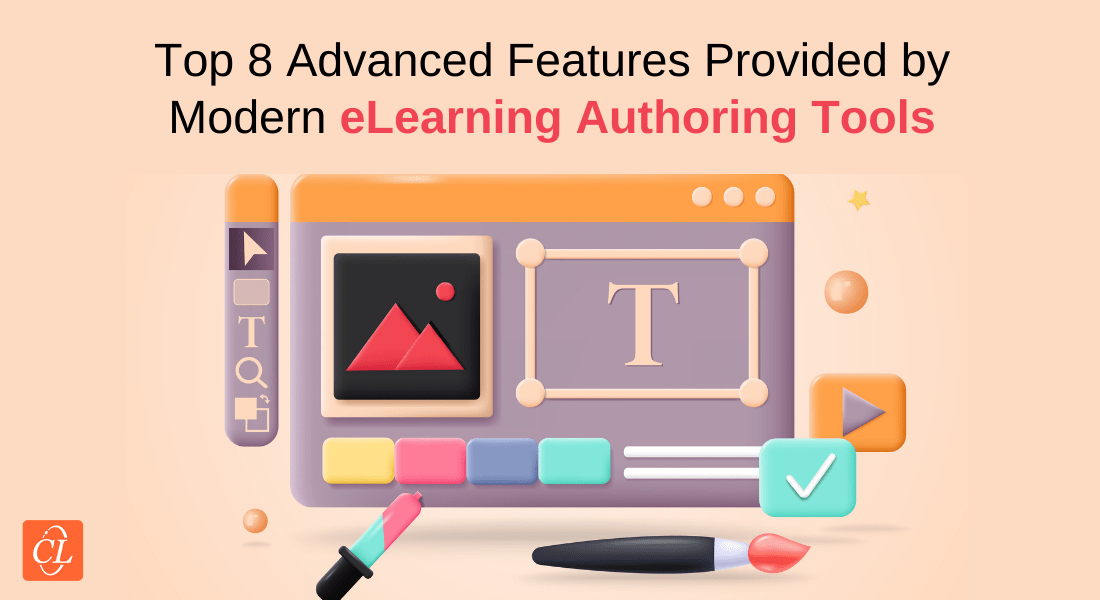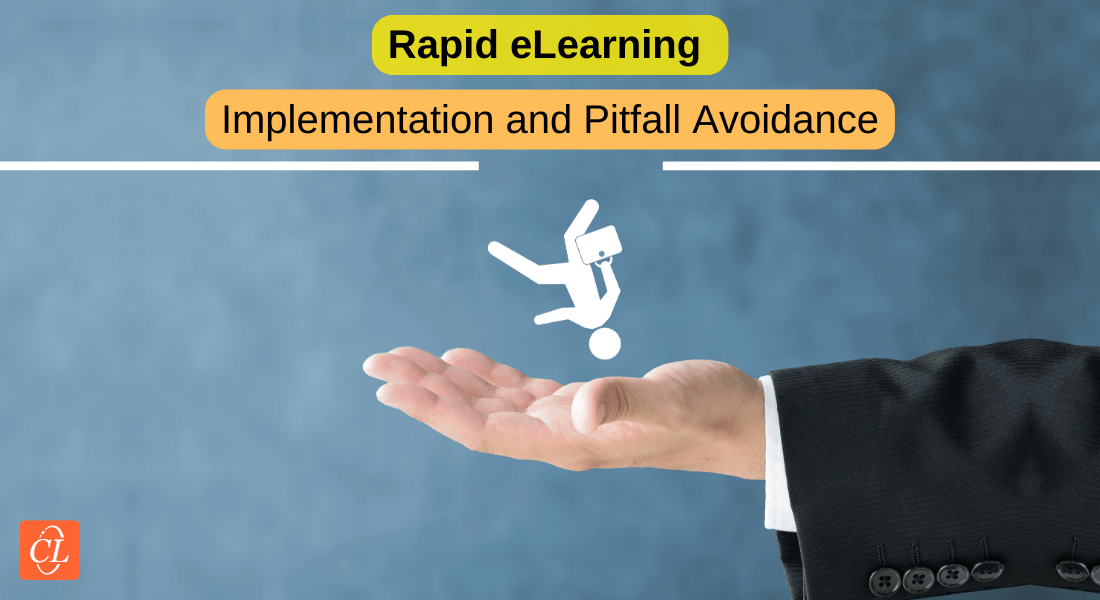Top 8 Advanced Features Provided by Modern eLearning Authoring Tools
Technological advancements in the eLearning industry have revolutionized the way we provide learning. Read on to explore the top 8 advanced features available in almost all the eLearning authoring tools and how they make authoring relatively easier.

In today’s fast-paced world, the need for efficient and effective learning has never been greater. With the rise of remote work, online training, and digital transformation, organizations are increasingly turning to utilize the various advanced features of eLearning authoring tools to enhance their corporate training. From responsive design and gamification to artificial intelligence and virtual reality, this blog highlights the various latest features and technologies associated with eLearning authoring tools that are transforming the way we approach learning. As we continue to embrace digital innovation and technology in the field of eLearning, the possibilities for learning are endless.
Curious to Explore Various Advanced Features Offered by eLearning Authoring Tools?
Here are a few features that are extremely crucial –
- Truly Responsive design
- Artificial intelligence
- Advanced analytics
- Virtual and augmented reality
Top 8 Advanced Features Provided by Modern eLearning Authoring Tools
1. Truly Responsive Design
This feature allows eLearning courses to be designed and optimized for display on a wide range of devices, including desktops, laptops, tablets, and smartphones. Courses are designed with flexible layouts and fluid design elements that adjust to fit the available screen size, orientation, and resolution of the device being used. This makes the course more accessible and user-friendly for learners, as they can access the course content on any device they prefer, without sacrificing functionality or usability.
Check out this free eBook to gain detailed insights about responsive eLearning.
2. Interactive Videos
Through this feature, you get the option to combine video content with interactive elements such as quizzes, polls, annotations, and clickable hotspots. These features help to engage learners by providing them with a more immersive and interactive learning experience. Interactive videos can also be used to create simulations and scenario-based learning activities that allow learners to practice real-world skills and situations. It’s advised to keep the videos short because of the dwindling attention spans of modern learners and thus microlearning videos are preferred over anything else.
3. Gamification
Gamification is the use of game design elements and mechanics in non-game contexts to improve engagement, motivation, and learning outcomes. eLearning authoring tools that include gamification features typically include elements such as points, badges, leaderboards, challenges, quests, and rewards. Gamification can be used to make learning more engaging, motivating, and enjoyable for learners, while also providing instructors with valuable feedback on learner progress and performance. Lectora, one of the most popular authoring tools, even offers a feature to integrate various arcade games along with eLearning courses to provide a much more entertaining and interactive learning experience.
4. Artificial Intelligence
Artificial intelligence enables computers to perform tasks that would normally require human intelligence, such as recognizing patterns, making decisions, and understanding natural language. eLearning authoring tools that use AI typically include features such as personalized learning paths, adaptive assessments, automated feedback, and intelligent recommendations. AI-powered eLearning tools can help to personalize the learning experience for each individual learner, enabling them to learn more efficiently and effectively.
5. Collaborative Authoring
Collaborative authoring is a feature that allows multiple authors to work on the same eLearning course simultaneously. This makes it easier for teams to create high-quality content in less time, as authors can work on different parts of the course simultaneously. Collaborative authoring tools typically include features such as version control, commenting, and real-time review and collaboration, which help to streamline the authoring process and ensure that all authors are working towards the same goals. Online review tools are usually integrated with the authoring tool suite nowadays so that you don’t have to waste your time finding the best external review tool.
6. Advanced Analytics
Advanced analytics features provide instructors with detailed insights into learner progress and engagement, allowing them to identify areas where learners may be struggling and adjust the course content accordingly. Analytics tools typically include features such as dashboards, reports, and data visualizations, which help instructors quickly and easily identify trends and patterns in learner behavior. Predictive analytics is one such branch of data analytics that uses machine learning algorithms to analyze data and make predictions about future events. Learning analytics data can be used to improve course design, identify knowledge gaps, and personalize learning experiences for each individual learner.
7. Neural Networks
Neural networks are machine learning algorithms that are designed to mimic the way the human brain works. In the context of eLearning, neural networks could be used to analyze learner data and provide personalized recommendations and feedback. For example, a neural network could analyze a learner’s performance on a quiz and recommend additional resources or activities that would help them improve their understanding of the material. Currently this technology isn’t readily available but its expected to be one of the major features in the coming future.
8. Virtual and Augmented Reality
Virtual and augmented reality are technologies that allow learners to interact with virtual environments and 3D objects. eLearning authoring tools that include VR and AR features typically provide learners with immersive experiences that simulate real-world situations, such as medical simulations, safety training, or equipment training. VR and AR can help to enhance learning and retention by providing learners with hands-on experiences that are more engaging and memorable than traditional classroom or eLearning activities. For example, learners could use AR to explore a historical site or interact with a 3D model of a complex system.
Wrapping Up!
These are just a few more examples of the innovative features and technologies associated with eLearning authoring tools. As technology continues to evolve, we can expect to see even more exciting developments in the field of eLearning. By leveraging these tools and features, organizations can now design high-quality training content anytime and anywhere, making learning more accessible, flexible, and engaging than ever before. There are various authoring tools available in the market and it’s natural to get confused while choosing the perfect one that will cater to all your training needs. And to help you with that, you can check out our free eBook so that you can make a better decision.





